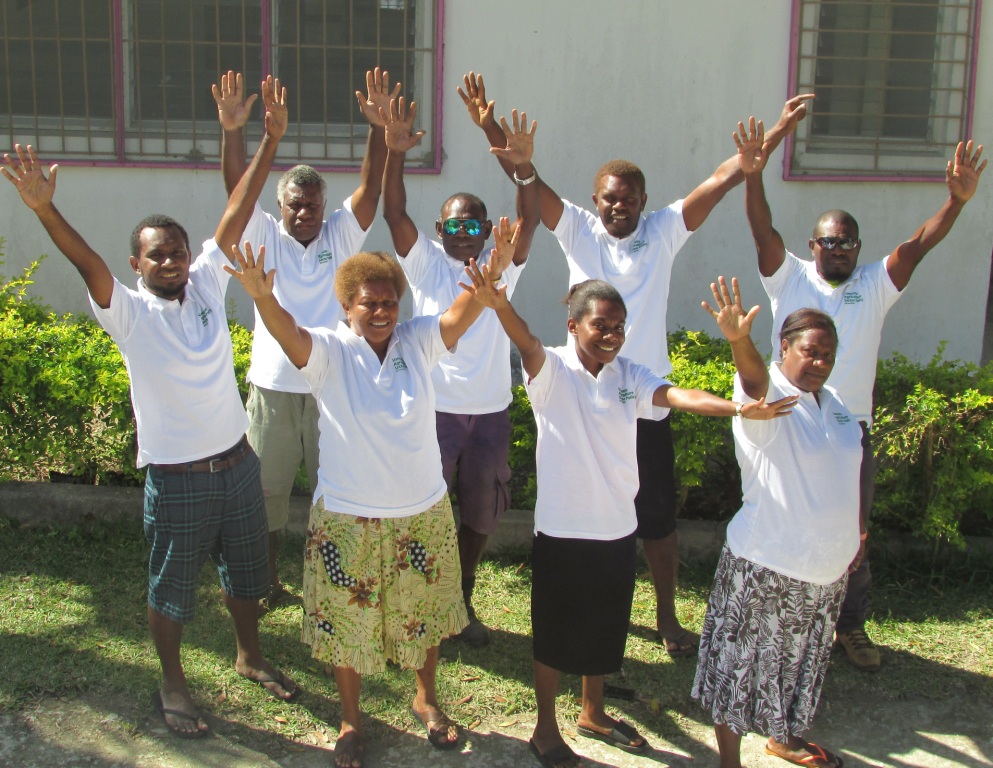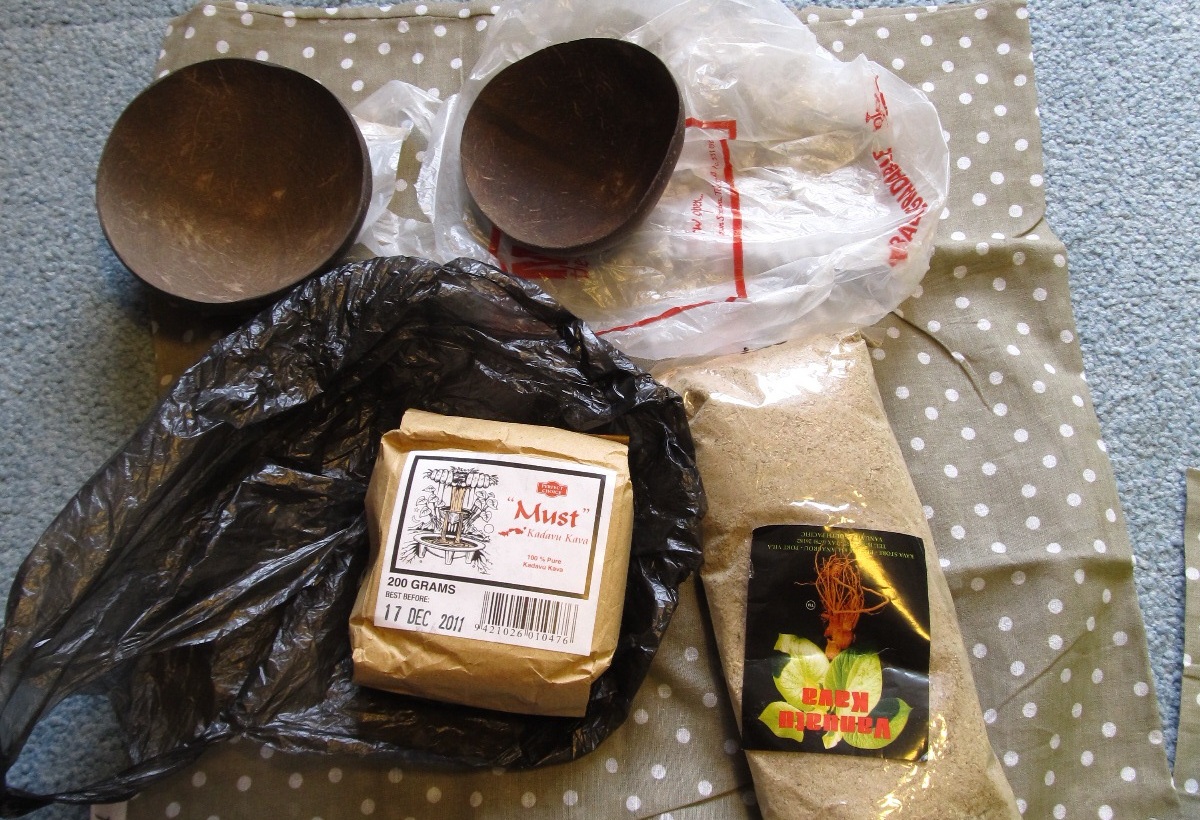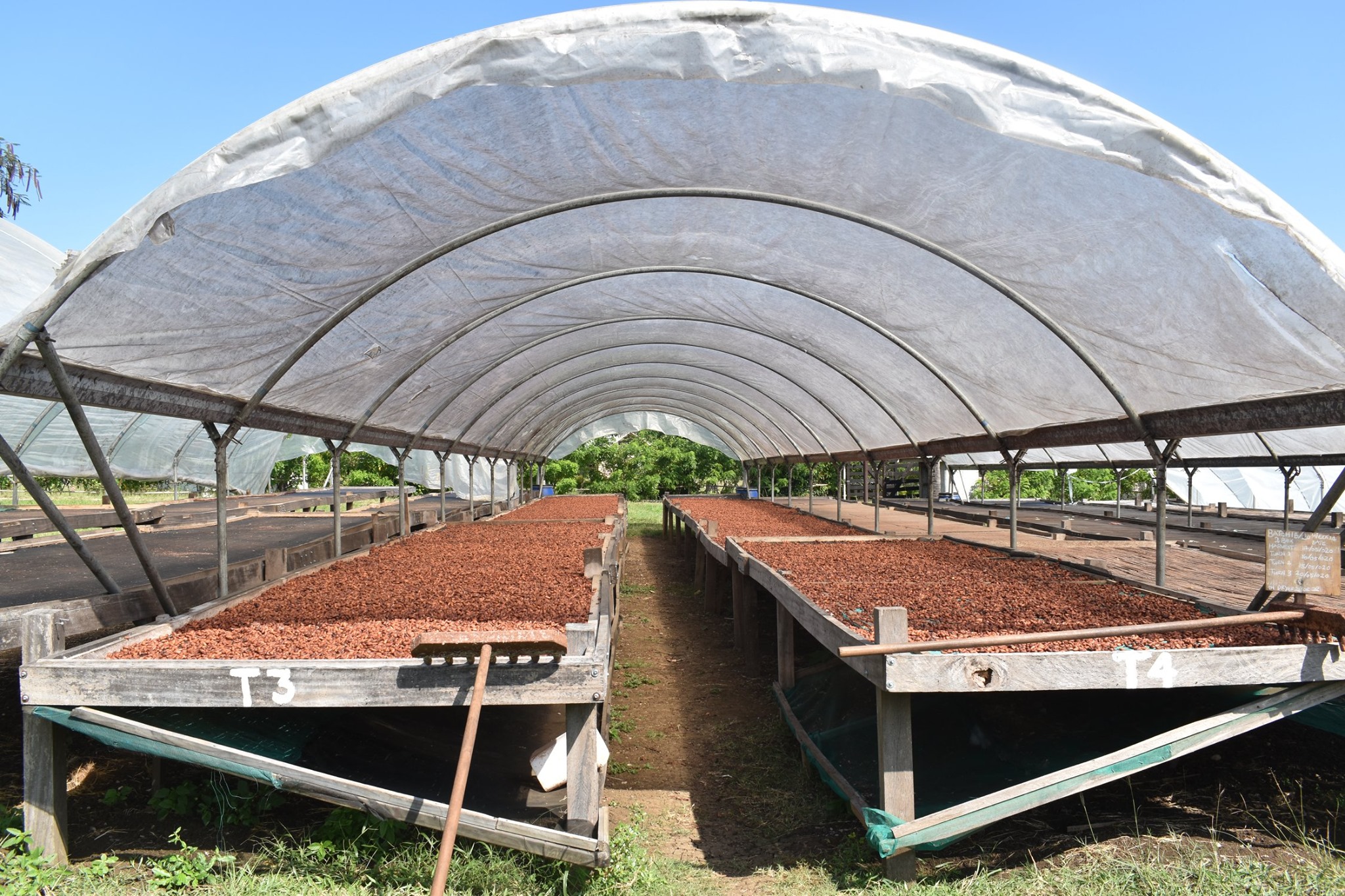Department of Agriculture
Background Information
Only one third of Vanuatu's total cultivable land is presently farmed although it is still has an agriculture-dominated economy with copra, cocoa and kava dominating the economic sector. Since 2003, the agriculture sector has grown at an annual rate of 3.3 percent compared to 2.8 percent growth for the economy and an average population growth rate of 2.6 percent per annum.
The domestic market for agricultural products is quite limited. While at least 75% of the population residing in the rural areas and depend on agriculture for their livelihood, productivity, particularly in the subsistence sector, is quite low. The export of traditional commodities and high value commodities, including those that are organically grown, has great potential. In order for these commodities to penetrate these premium niche markets, the volume of production must be increased. The challenge is to increase efficient and sustainable production, and improve market access.
The livelihood of Vanuatu's population, particularly the rural areas, depends entirely on agricultural activities. The trend of the production of the major commodities has declined significantly over the years due to both internal and external factors. To address the declining trend, there is a need to review current legislation, appropriate technology to improve and increase production, create new development initiatives and approaches.
The Department of Agriculture and Rural Development (DARD) aims to build an agriculture sector that is robust and competitive, one that contributes to improved economic growth and trading opportunities, food security, reduction of poverty, and improved livelihoods ensuring also that the benefits derived are equally distributed between the rural and urban populations.
The domestic market for agricultural products is quite limited. While at least 75% of the population residing in the rural areas and depend on agriculture for their livelihood, productivity, particularly in the subsistence sector, is quite low. The export of traditional commodities and high value commodities, including those that are organically grown, has great potential. In order for these commodities to penetrate these premium niche markets, the volume of production must be increased. The challenge is to increase efficient and sustainable production, and improve market access.
The livelihood of Vanuatu's population, particularly the rural areas, depends entirely on agricultural activities. The trend of the production of the major commodities has declined significantly over the years due to both internal and external factors. To address the declining trend, there is a need to review current legislation, appropriate technology to improve and increase production, create new development initiatives and approaches.
The Department of Agriculture and Rural Development (DARD) aims to build an agriculture sector that is robust and competitive, one that contributes to improved economic growth and trading opportunities, food security, reduction of poverty, and improved livelihoods ensuring also that the benefits derived are equally distributed between the rural and urban populations.






Agriculture Sector

Coconuts comprise most of the area devoted for crops in Vanuatu with around 76,000 hectares of its landmass having coconut plantations.
Theoretically, 760 million coconuts could be produced but in actuality around 300 million coconuts are produced as a result of an ageing population of trees that were mostly planted during the colonial era and other compounding factors such as land disputes barring access to coconut plantations for exploitation.
Copra is the most important cash crop (Comprising more than 35% of Vanuatu's exports) with, in 2007, copra and oil from around 75 million coconuts being exported overseas Coconuts are also important for local consumption where for instance, leaves are used for housing, the fruits for drinking and coconut flesh for feeding animals.
In tonnage, Vanuatu exports are dominated by copra. Over 10,000 tons is exported. There is also over 2,000 tons of coconut oil being sent out in bulk.
Theoretically, 760 million coconuts could be produced but in actuality around 300 million coconuts are produced as a result of an ageing population of trees that were mostly planted during the colonial era and other compounding factors such as land disputes barring access to coconut plantations for exploitation.
Copra is the most important cash crop (Comprising more than 35% of Vanuatu's exports) with, in 2007, copra and oil from around 75 million coconuts being exported overseas Coconuts are also important for local consumption where for instance, leaves are used for housing, the fruits for drinking and coconut flesh for feeding animals.
In tonnage, Vanuatu exports are dominated by copra. Over 10,000 tons is exported. There is also over 2,000 tons of coconut oil being sent out in bulk.

Cocoa plants comprise a significant portion of the area devoted for crops in Vanuatu with around 2,500 hectares of its landmass having cocoa plantations.
Vanuatu's cocoa, like that from many other Pacific countries is high quality and organic, but because farmers have very small plots, it has been hard for them to compete.
However with an increasing demand for traceable, ethical and organic cocoa and with only 10% of the world's cocoa being certified, an opportunity has arisen for Vanuatu's cocoa farmers.
A certification process has being introduced, in the form of an database system to keep track of such certification locally, to take advantage of this demand.
In the long-term this scheme will allow cocoa growers throughout Vanuatu to exploit this niche market and reap the economic benefits.
Vanuatu's cocoa, like that from many other Pacific countries is high quality and organic, but because farmers have very small plots, it has been hard for them to compete.
However with an increasing demand for traceable, ethical and organic cocoa and with only 10% of the world's cocoa being certified, an opportunity has arisen for Vanuatu's cocoa farmers.
A certification process has being introduced, in the form of an database system to keep track of such certification locally, to take advantage of this demand.
In the long-term this scheme will allow cocoa growers throughout Vanuatu to exploit this niche market and reap the economic benefits.
